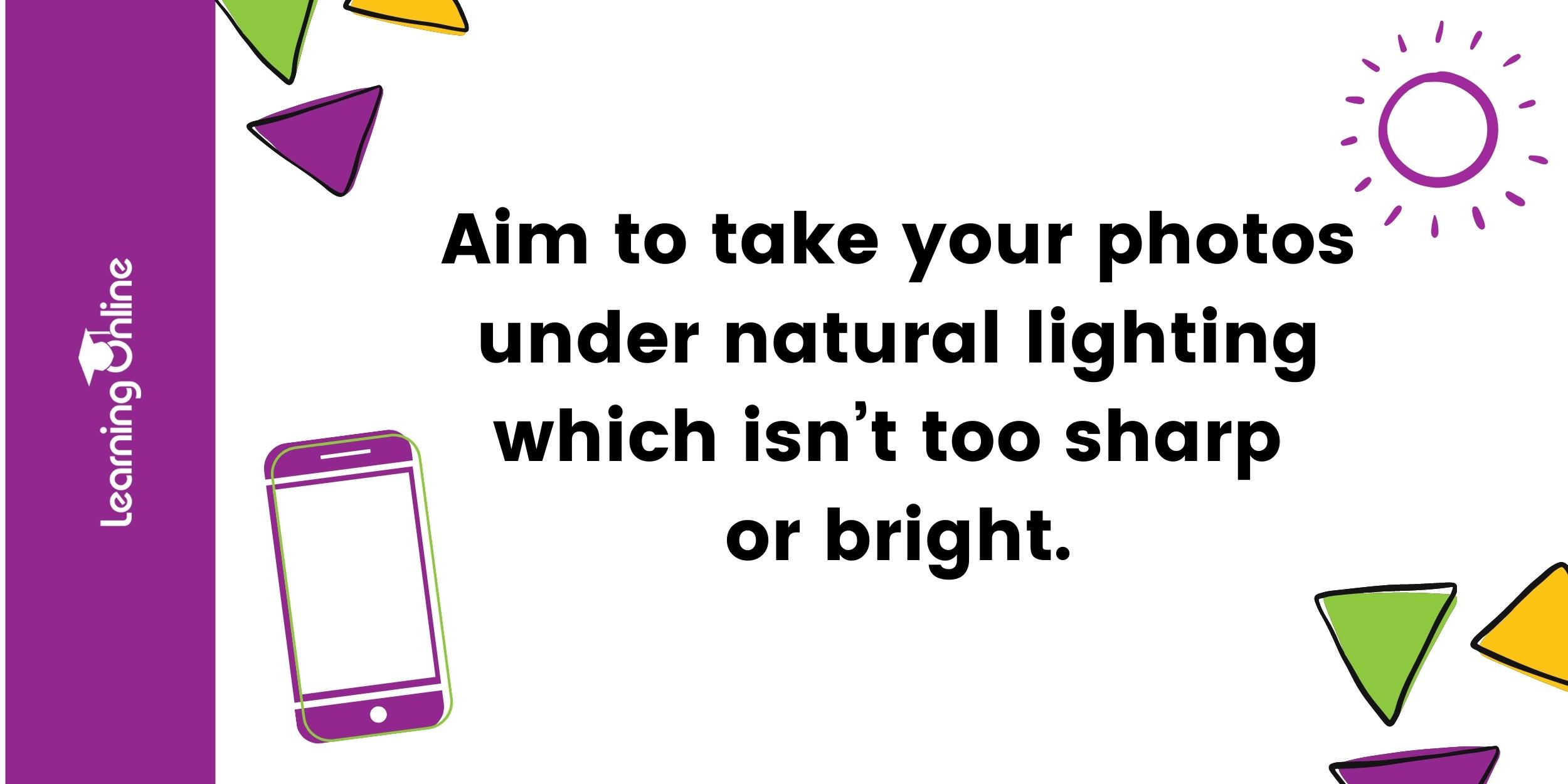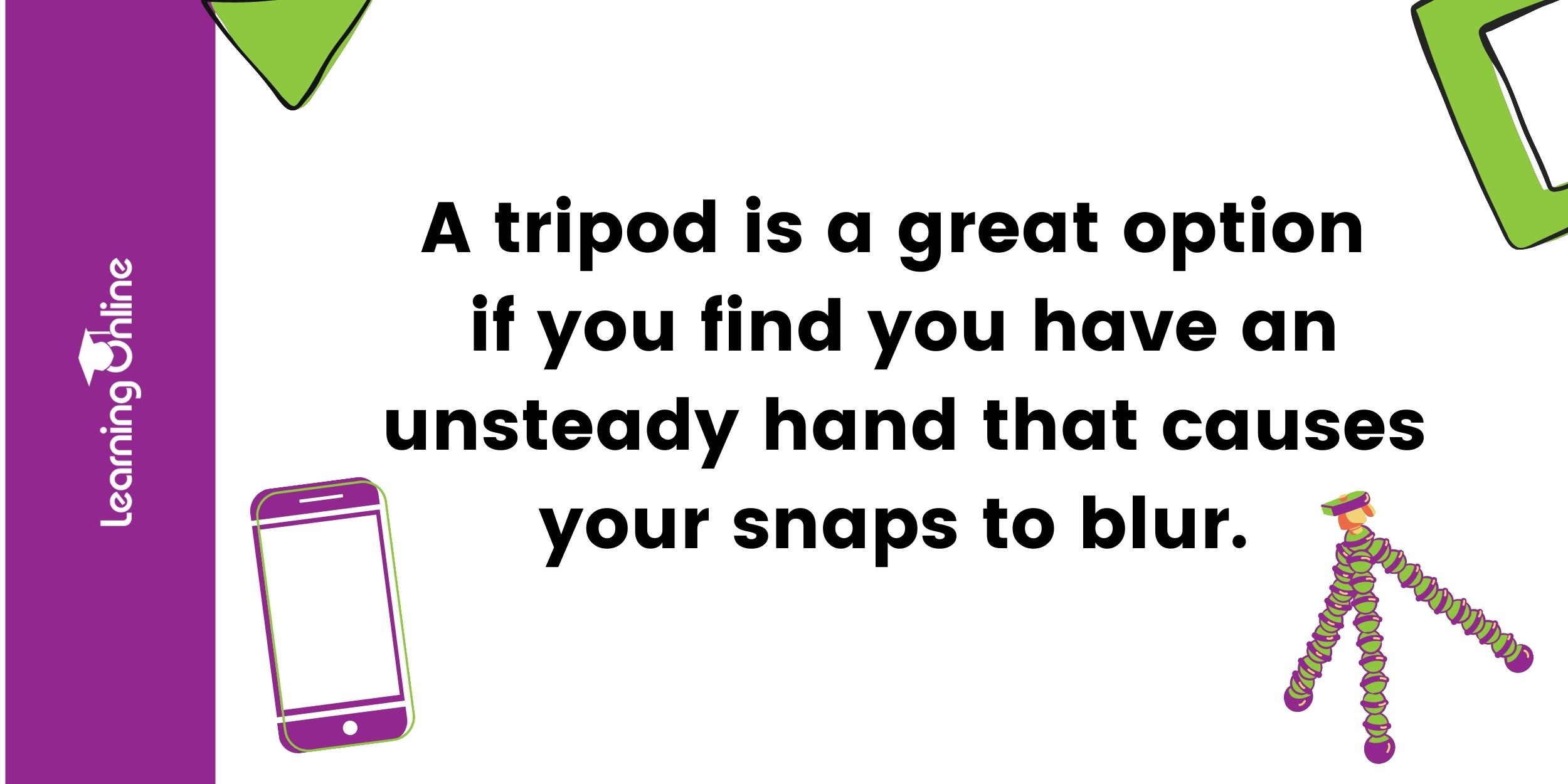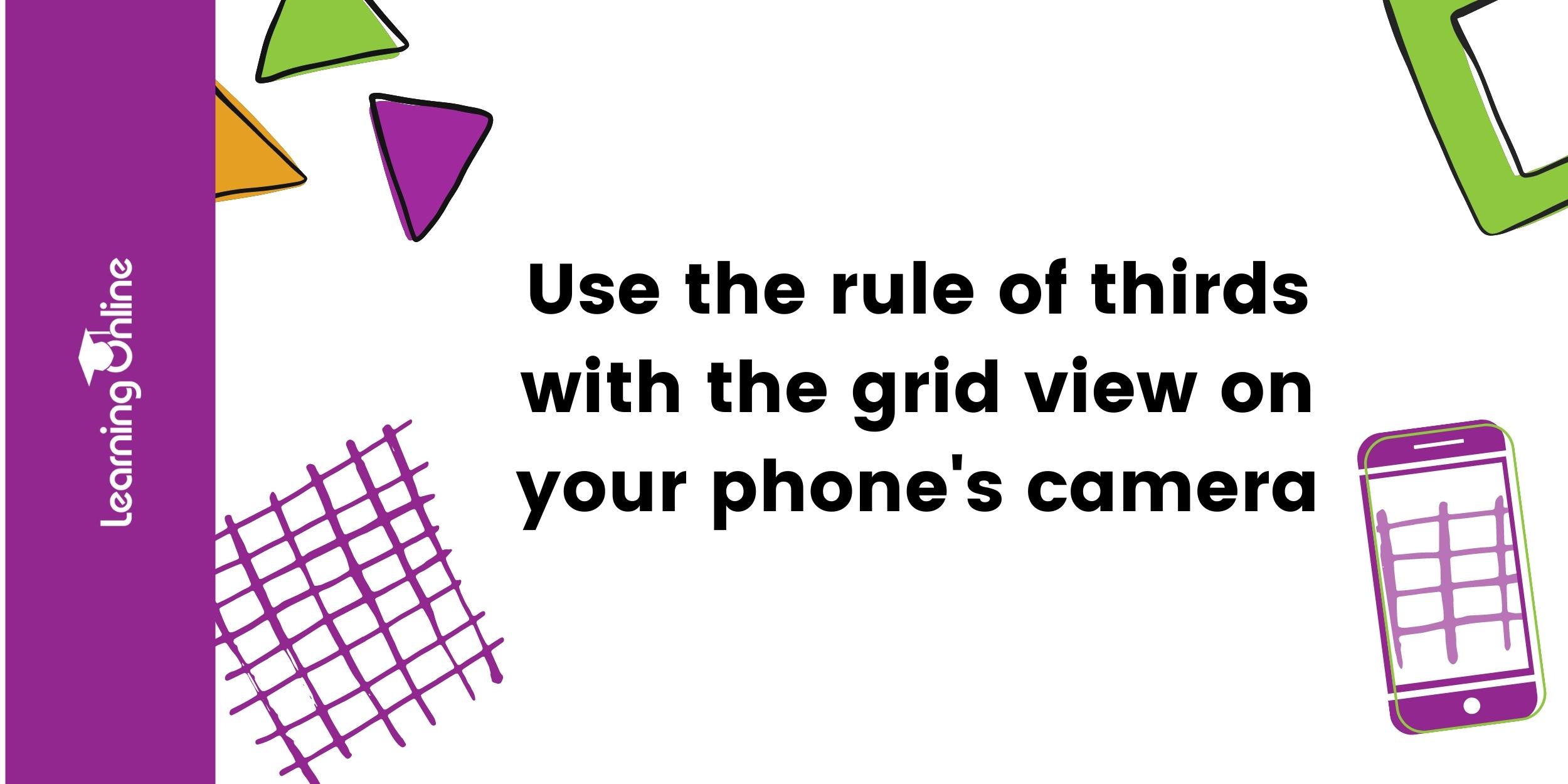If you’ve ever dreamed about becoming a photographer but have hesitated over pursuing this passion because you didn’t have a snazzy, expensive camera to hand – then great news! If you have a good quality camera on your phone, then you already have the very tools at your fingertips to take some seriously amazing snaps.
Whether you want to become better at photography to support your own business or you’re simply interested in developing a new skill to up your Instagram game, mobile photography is something we can all become pros at.
But it’s much more than whipping your phone out, pointing your camera in any old direction and slamming your thumb on the capture button whilst hoping for the best. It’s true, as technology has developed most phones’ cameras have the capability to take spectacular photos.
However, if you really do want to elevate your phone photography skills into something truly special, then there’s a few tips and techniques you need to follow.
In this guide to phone photography, we’ve included the essential information for beginner photographers to transform their snaps from plain and substandard to professional and eye-catching. We cover:
- Learning your camera’s capabilities
- When to use HDR
- How to use lighting
- How to avoid blurring
- The rule of thirds
- Experimenting with style
- How to edit your images
Ready? Then let’s snap to it!
Learning your camera’s capabilities
The first step to mastering your phone photography is actually understanding its settings and capabilities. Different phone models offer varying quality of cameras, which will impact your output – i.e. the images you capture – so it’s vital you know what your camera can and can’t do.
A lot of smartphone cameras, for example, allow you to manually adjust the focus and exposure. A tap to your screen will tell your phone what element of your surroundings you want the camera to focus on, whereas tapping or pinching and dragging can allow you to adjust exposure (the amount of light you allow into a frame.)
You may even be able to adjust settings like shutter speed and white balance. That’s why it’s so beneficial to take the time to look at your mobile camera settings for better pictures and have a play around with its various capabilities.
Which brings us onto…
When experimenting with mobile photography, you may see that your phone’s camera offers the ability to shoot in different ‘modes’.
One of the most popular modes is HDR or High Dynamic Range. Typically, with HDR your phone’s photography will be better balanced in terms of exposure – adding detail from both dark and light areas.
This can be particularly useful, say if you’re outside shooting a landscape photo where the land itself is cast in shadow but the horizon is brightly lit. HDR mode captures detail in both shadows and highlights, meaning your photos will be evenly lit (as opposed to being too dark or too bright).
HDR is best suited to landscape or portrait photography. If you’re aiming to capture something in fast-movement, or you’re unable to keep your hand steady to snap this particular shot, it may be less suitable, as HDR images take a millisecond longer to process due to the amount of detail it is capturing.
You should be able to see ‘HDR mode’ displayed prominently on your phone’s settings, and it will be easy enough to toggle off if needs be. We would recommend using HDR mode when there is a notable variation of light and dark in your composition
Lighting is one of the most important elements of great photography. It’s no exaggeration to say it can completely ‘make or break’ a photo.
Light can completely transform the mood, atmosphere or clarity of your mobile photography and shooting outdoors can produce better results. Just think about the last time you tried to take a photo indoors, with flash. It turned out to be pretty bad quality, didn’t it?
That’s why it’s best to use natural light wherever possible; this will result in the best mobile photography. You can always tweak an image by editing the exposure post-production, if for example you’re shooting in low light conditions. But where possible, aim to take your photos under natural lighting which isn’t too sharp or bright.
And returning quickly to using flash photography. Try to avoid doing this at night, as rarely does it capture the subject in a natural, organic state; instead flash will cause your subject to appear unnatural and uneven or ‘washed out’. If your subject is already well-lit, however, flash can help to soften shadows at certain angles. Why not experiment with this for yourself? You’ll soon see what we mean.
We’ve already briefly touched upon using your phone to focus an image, but what else can you do to avoid blurring?
A tripod is a great option if you find you have an unsteady hand that causes your snaps to blur. Alternatively, you can use a flat surface to lean your phone on – such as a wall or hard surface – as this can help to reduce the degree of unintentional movement.
If using a tripod or flat surface to steady your shot isn’t possible, then try to stand in as stable a position as you can. For instance, stand with your feet shoulder-width apart, tuck your elbows in, and use the volume button on your phone to capture the photo – rather than tapping your phone’s screen, which can jostle your mobile.
Avoid zooming in on your subject too, as this can cause pixelation, graininess and blurriness to occur. Likewise, if you want to capture your subject in movement, using ‘burst mode’ by holding the capture button on your phone can help – as this will snap multiple photos in quick succession. You can then look through the options and select your favourite and most ‘crisp’ shot. Some phones may even offer ‘sports mode’ so make sure to look out for this.
If you’ve never heard of the rule of thirds, this is essentially a neat trick to help with your phone photography composition. In your phone’s camera settings, you should have the option to toggle on grid view; this is a three-by-three square grid.
When lining up your subject, the most aesthetically pleasing compositions will place that subject at the place where a horizontal and vertical line intersect or in the corner of a square. It positions the subject just slightly off-centre and helps to visually guide the viewer of your photo to what details you want them to focus on.
Alternatively, you can use the grid to line up shots which are more symmetrical. This can be equally as aesthetically pleasing, offering a cleaner and more professional feel to an image.
Now that you’ve reached the stage where you’ve nailed the technical essentials of lighting, focus and composition, you can begin to experiment with your personal style.
Perhaps you’d prefer to experiment with candid, natural shots. Maybe you’d love to experiment with wilder, natural environments. You could also focus on more urban scenes, or photos of animals, or posed portrait images of people.
You can play around with reflections and patterns, bold colours or black and white, small details or sweeping landscapes, comical or dramatic, images that capitalise on negative space or focus on non-conventional subjects. You can try snapping shots from high above – as a bird’s eye view – or from low down, so you’re level with your subject (particularly useful for pet photography.)
This is where you can get super creative with your phone photography. The limit here is not your technology, but your imagination. And the beauty of phone photography is that it’s so easy to carry your camera with you to faraway places!
(If you’re looking for inspiration, just check out this article on what Guardian photographer Dan Chung achieved with his iPhone at the 2012 London Olympics.)
By this stage, you’ve gone out into the big wide world and captured some fantastic photos. However, if you want to make your images even more spectacular, then editing apps are the way to go.
You don’t need to throw lots of money at fancy editing software either. Most phones will have basic editing software built-in, but alternatively, there are a number of free or low-priced image editing apps available too.
You can use editing apps to crop or straighten images, to increase exposure, reduce shadows, blur or sharpen elements, overlay pre-installed filters onto your photo, remove blemishes or even add elements in.
(Some photo editing apps for both iOS and Android are Snapseed, VSCO and Prisma Photo Editor. Otherwise there’s always Instagram.)
How you edit your images can also help with the point we discussed before – helping you to establish a certain ‘style’ or feel to your images. Perhaps you like to tweak your photos so that a specific tone or shade is carried throughout. Or maybe you crop and alter the angle of your images in a signature style.
Try a variety of editing styles to see which appeals most to you. And don’t worry – it’s not cheating if you edit your photos!
We hope you’ve enjoyed our guide to phone photography, and have discovered some new tips and techniques to try during your next photoshoot session!
But that’s not all. Our photography courses online mean you can elevate your skills to an even higher standard than ever before. You can learn the essential principles of world-class photography from industry experts, studying from the comfort of your own home, from as little as $30 per week.
With the option to choose from specialised courses in wildlife photography or portrait photography, or our more advanced Photography Business course, these are the best short photography courses to help you pursue your passion – whilst learning at your own pace, on your own terms.
At the completion of your chosen course, you will also earn a Certificate of Attainment – an impressive addition to any CV or portfolio.
No DSLR camera? No problem. As part of your course payments, we will send a DSLR camera directly to your door. And with full tutor support throughout your studies, there’s truly nothing holding you back from transforming this interest into a recognised, trained skill.
The world is waiting for a photographer just like you. Are you ready to get snapping?



